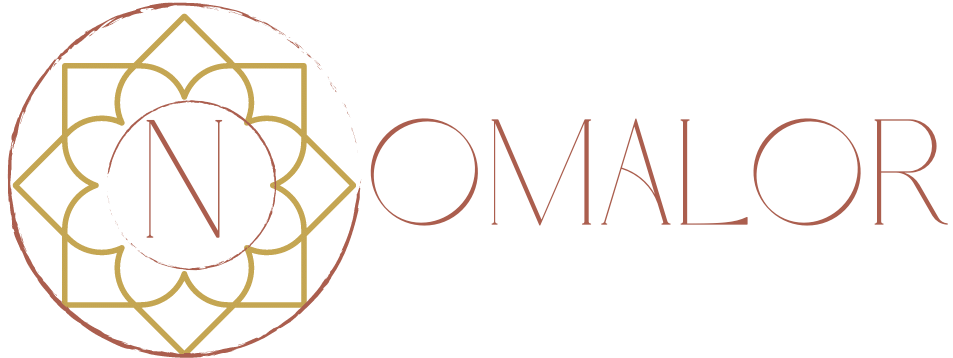The wilderness, the untamed nature of Morocco’s topography, has to be the best part about Morocco and hiking around it. The traveler is enamored by the virginal aspect of a terrain that instills the feeling of treading where few, if any, have tread before. For, let’s face it, don’t we all enjoy the feeling of discovery, of having blazed a new path? Then there’s another cachet, perhaps intertwined with the first, which is a way of life that has survived for centuries, whether in the desert or on the steep slopes of the Atlas, where your path will cross that of shepherds and mountain dwellers.
Regardless of language barriers, they will most likely invite you to tea, glad to cross paths with other souls amidst these otherwise remote realms. Hamlet is trapped in a time when water mills still grind grains into flour, horses graze freely by the brook, and mules trot over wheat stalks strewn across the stone-built threshing plot. Above all, natural hospitality
What Is The Best Time For Trekking In Morocco?
There is no such thing as ‘the best time of year to visit Morocco,’ contrary to popular belief. This is especially true when it comes to hiking in Morocco. Visiting Morocco and trekking in Morocco are possible all year. Snow is likely to fall over an average altitude of 2000 meters from November to March. And, aside from a few aficionados, trekking in snow is not enjoyable, not to mention the additional issues: special equipment, thermal sleeping bags, reinforced tents, and so on.
The Anti Atlas, particularly the region east of Guelmin, is ideal for trekking from November to March, with an average elevation of 1000 to 1800 meters. How about discovering millennia-old engravings of archers or ostriches? Other countries would protect the location. In Morocco, no way. The landscape is harsh to say the least, but the trekker is rewarded with lush, surreal palm groves and oases that appear after hours of sun-blind desert trekking. Expect nighttime temperatures of 7 to 12 degrees Celsius and pleasant daytime temperatures ( 20- 25 Celsius).
Snow can be found above 2000 meters in the High Atlas during the winter. The Sagho range (between the High Atlas and the Anti Atlas), with its shards of dark stone pointing skywards, is also a good choice during the season, though temperatures may be slightly lower. If you want to combine a Moroccan desert tour and mountain trekking, Jebel Bani, a 400-kilometer-long ridge bordering the Sahara, averages 600 meters in elevation.
Focus on the High Atlas, Middle Atlas, and Riff mountains from March to November. As long as you stay above 1800 meters altitude, temperatures will not rise above 27- 30 degrees Celsius. This is the best time of year to climb Toubkal, but it is also the most popular. There are other options in the area (minimum 2 days) with a base near Imlil if you want to climb up to 4000 meters without crowds.

